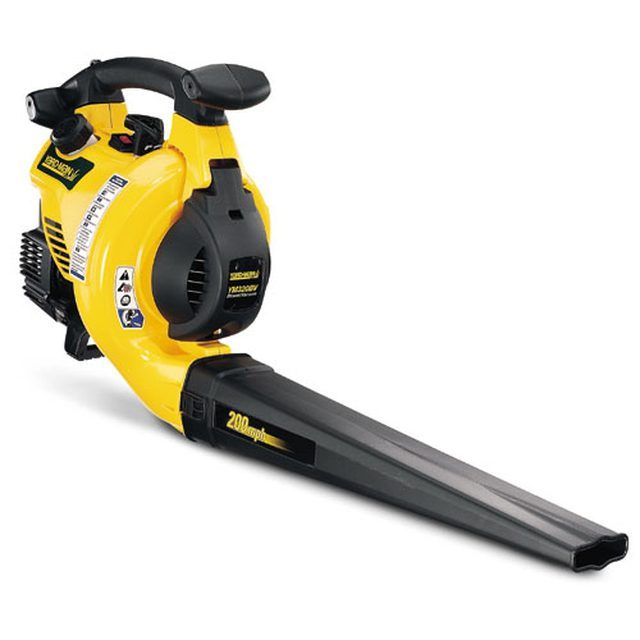Bulbs
Flower Basics
Flower Beds & Specialty Gardens
Flower Garden
Garden Furniture
Garden Gnomes
Garden Seeds
Garden Sheds
Garden Statues
Garden Tools & Supplies
Gardening Basics
Green & Organic
Groundcovers & Vines
Growing Annuals
Growing Basil
Growing Beans
Growing Berries
Growing Blueberries
Growing Cactus
Growing Corn
Growing Cotton
Growing Edibles
Growing Flowers
Growing Garlic
Growing Grapes
Growing Grass
Growing Herbs
Growing Jasmine
Growing Mint
Growing Mushrooms
Orchids
Growing Peanuts
Growing Perennials
Growing Plants
Growing Rosemary
Growing Roses
Growing Strawberries
Growing Sunflowers
Growing Thyme
Growing Tomatoes
Growing Tulips
Growing Vegetables
Herb Basics
Herb Garden
Indoor Growing
Landscaping Basics
Landscaping Patios
Landscaping Plants
Landscaping Shrubs
Landscaping Trees
Landscaping Walks & Pathways
Lawn Basics
Lawn Maintenance
Lawn Mowers
Lawn Ornaments
Lawn Planting
Lawn Tools
Outdoor Growing
Overall Landscape Planning
Pests, Weeds & Problems
Plant Basics
Rock Garden
Rose Garden
Shrubs
Soil
Specialty Gardens
Trees
Vegetable Garden
Yard Maintenance
How to Repair a Leaf Blower
How to Repair a Leaf Blower. Leaf blowers propel leaves and other lawn debris through the air by creating winds of up to 180 miles per hour. Whether you're using a back-pack engine- driven model or a motor-driven hand-held unit, these suggestions will help you get your leaves moving again when something goes wrong.

Leaf blowers propel leaves and other lawn debris through the air by creating winds of up to 180 miles per hour. Whether you're using a back-pack engine- driven model or a motor-driven hand-held unit, these suggestions will help you get your leaves moving again when something goes wrong.
Things You'll Need
Screwdriver
Cloth for cleaning
Metal-impregnanted apoxy
Appropriate replacement part
Thin, sharp object for clearing clogs
Lubricant
Check the impeller. Much like a propeller blade creates wind around an airplane, the leaf blower airflow is created when an impeller draws air into the unit and pushes it through the blower tube. If the impeller is too loose or cracked, it won't work right and should be repaired.
Check and tighten the blower fasteners if your blower is vibrating.
Check to make sure the power is on at the outlet if you're using a electric motor-powered device. Also check the power cord to make sure there is no damage. If neither of these seem to be the issue, you may have a faulty switch or motor.
On an engine-powered device, make sure the gas tank is not empty; refill if necessary.
Check the vacuum tube to make sure it isn't clogged. If it is, shut off the blower, and remove the tube to clear the clog. Also inspect the impeller housing for cracks.
To replace the impeller, unscrew the cover and lift it off. Wearing gloves and using a socket wrench, hold it in place as you pull it out. Replace it with another one the same size from an authorized dealer. To repair a cracked impeller housing, clean the area around the crack with brake cleaner. Roughen it with sandpaper, and fill the crack and the 1/2 inch area around it with metal-impregnated epoxy or fiberglass resin. When it dries, sand the housing smooth.
Tips & Warnings
Do repairs in a quiet, safe space free of pets and children.
Wear safety goggles and earplugs. If the area is dusty, wear a mask.
Avoid wearing dangling jewelry or clothing that is loose-fitting.
Always make sure the blower is turned off before changing attachments or opening.
Always unplug the blower or any electrical appliance before making repairs.